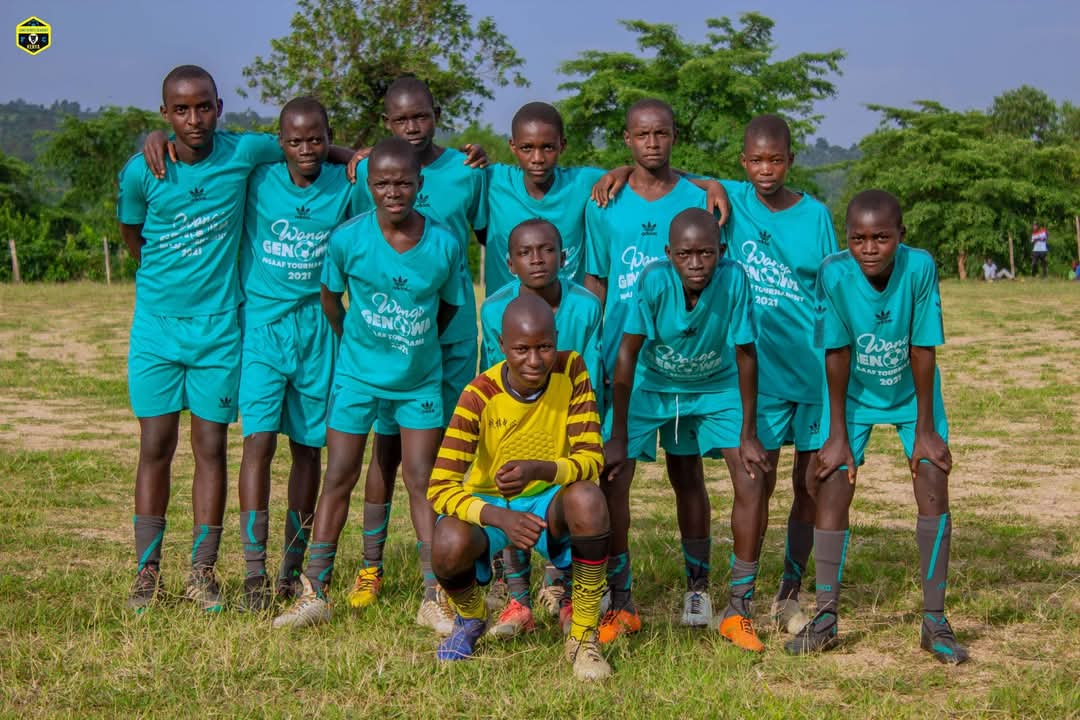Half of Nairobi City residents are yet to sample the Magic of Karura Forest
In the heart of Nairobi, where the city’s concrete jungle often feels inescapable, lies Karura Forest – a unique urban sanctuary that not only provides a tranquil escape but also holds immense environmental, historical, and recreational value.
Spanning over 1,000 hectares (2,570 acres), Karura Forest is one of the largest forests within a city worldwide, offering both locals and tourists an eco-friendly retreat just minutes from the city’s bustling streets.
Rich Flora and Fauna
Karura Forest is home to a diverse range of flora and fauna, with 36% of the forest made up of indigenous upland tree species.
It’s also a haven for wildlife enthusiasts, with over 200 bird species, including sunbirds and owls, and animals such as bushbucks, civets, Syke’s monkeys, and the elusive honey badger.

Visitors can explore its 50 km of nature trails on foot, by bike, or even take a slow jog under the forest canopy.
From vibrant butterflies to the soothing sound of the nearby waterfall, the forest offers a chance to reconnect with nature in the middle of an urban sprawl.
A Top Global Tourist Destination
Karura Forest isn’t just about conservation – it has grown into one of Nairobi’s top tourist attractions, drawing more than 16,000 visitors each month.
Whether you’re a local resident looking for a weekend escape or a tourist searching for an eco-friendly adventure, Karura offers something for everyone.
The forest features scenic walking paths, perfect for leisurely strolls or early morning jogs, and biking trails that challenge both beginners and seasoned cyclists.
Families can enjoy picnicking under the trees, or exploring the forest’s historical landmarks, such as the Mau Mau caves, which were used as hideouts during Kenya’s fight for independence.
The towering waterfall and bamboo groves create picturesque settings for photographers and nature lovers alike, while the forest’s rich biodiversity appeals to wildlife enthusiasts.
Serene and Secure Park
In addition to its natural beauty, Karura Forest also provides modern amenities such as well-maintained picnic sites, guided tours, and even a café where visitors can relax after a day of exploring.
The electric fence that surrounds the forest ensures security for visitors, allowing them to immerse themselves in the tranquility of this green haven.

Steeped in History
Beyond its appeal as a recreational space, Karura Forest has a deep historical significance. The forest became a focal point for conservation efforts in the late 1990s when it faced the threat of destruction due to illegal land grabbing.
Thanks to passionate activism, Karura was saved from development, and it now stands as a testament to the power of community-led conservation.
The campaign to protect Karura, spearheaded by figures like Nobel laureate Wangari Maathai, has become symbolic of Kenya’s broader struggle against environmental degradation.
Historical Landmarks
Visitors can explore key historical landmarks within the forest, such as the aforementioned Mau Mau caves, which offer a glimpse into Kenya’s resistance against colonial rule.
The old church nestled within the forest adds a spiritual dimension to its historical significance.
These sites offer a tangible connection to Kenya’s rich cultural and political history, blending nature with heritage in a way few places can.
Karura’s Role in Urban Sustainability
As Nairobi grows, so do concerns over environmental sustainability. Karura Forest provides a model for how urban areas can balance development with the preservation of green spaces.
Forests like Karura play an essential role in absorbing carbon dioxide, mitigating the urban heat island effect, and providing clean air for city dwellers.
By maintaining this green lung, Nairobi not only preserves its natural beauty but also takes a vital step in addressing the global climate crisis.
Environment Conservation Hub
Karura is also home to several conservation initiatives designed to enhance its ecological balance and biodiversity.
One such project is the ongoing reforestation of degraded areas within the forest, which involves planting indigenous tree species that support the natural habitat of wildlife.
This effort ensures that Karura remains a thriving ecosystem, even as the surrounding urban environment continues to grow.
Another notable initiative is the wetland restoration project.
By rehabilitating marshlands and creating new wetlands, the forest improves its ability to manage stormwater and maintain a healthy water cycle.
These wetlands act as natural water filters and provide vital habitats for aquatic and semi-aquatic species, further enriching the biodiversity of Karura.
Educational Melting Pot
Educational programs are also a cornerstone of Karura’s conservation efforts. The Friends of Karura Forest Community Forest Association, in collaboration with the Kenya Forest Service, runs eco-education programs for schools and community groups.

These programs aim to raise awareness about environmental conservation, biodiversity, and the role of urban forests in mitigating climate change.
By engaging young people and local communities, these initiatives help foster a culture of environmental stewardship for future generations.
Great Family Destination in Nairobi
Karura Forest stands as a must-visit destination for anyone traveling to Nairobi.
It offers a perfect blend of outdoor adventure, historical discovery, and serene relaxation – all while contributing to the global fight for environmental conservation.
Whether you’re taking a peaceful walk through the forest’s bamboo groves, exploring the caves rich in history, or simply enjoying the sights and sounds of the natural world, Karura Forest is a place where nature, history, and sustainability converge.
So, next time you’re in Nairobi, make sure to experience the magic of Karura Forest – a living, breathing symbol of Kenya’s commitment to preserving its natural heritage for generations to come.





